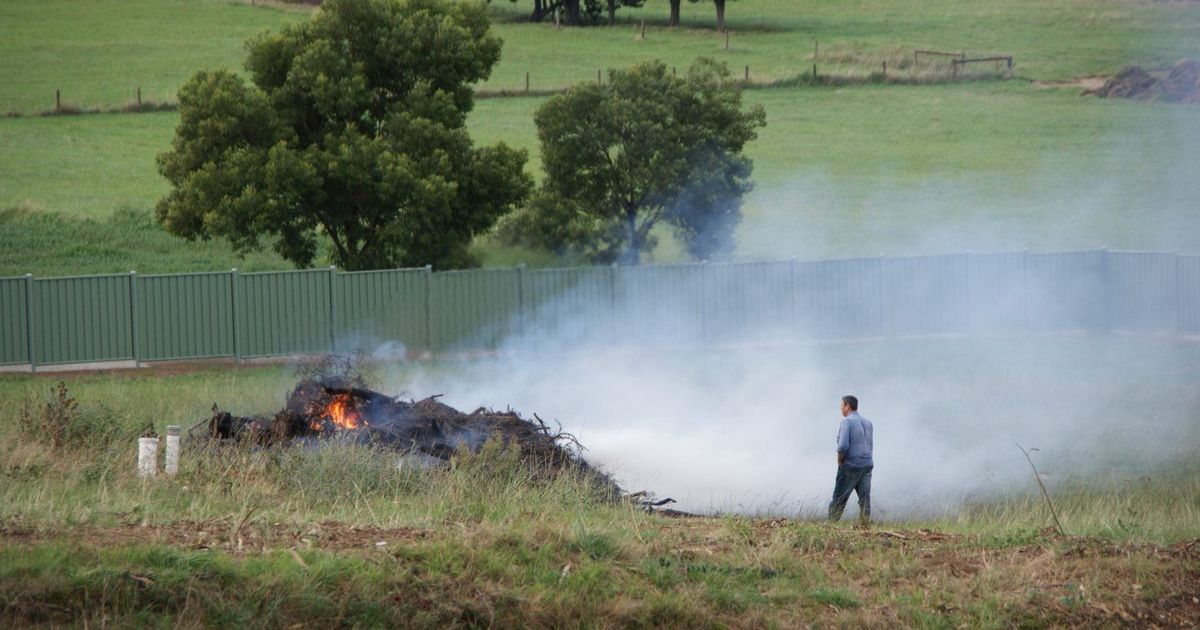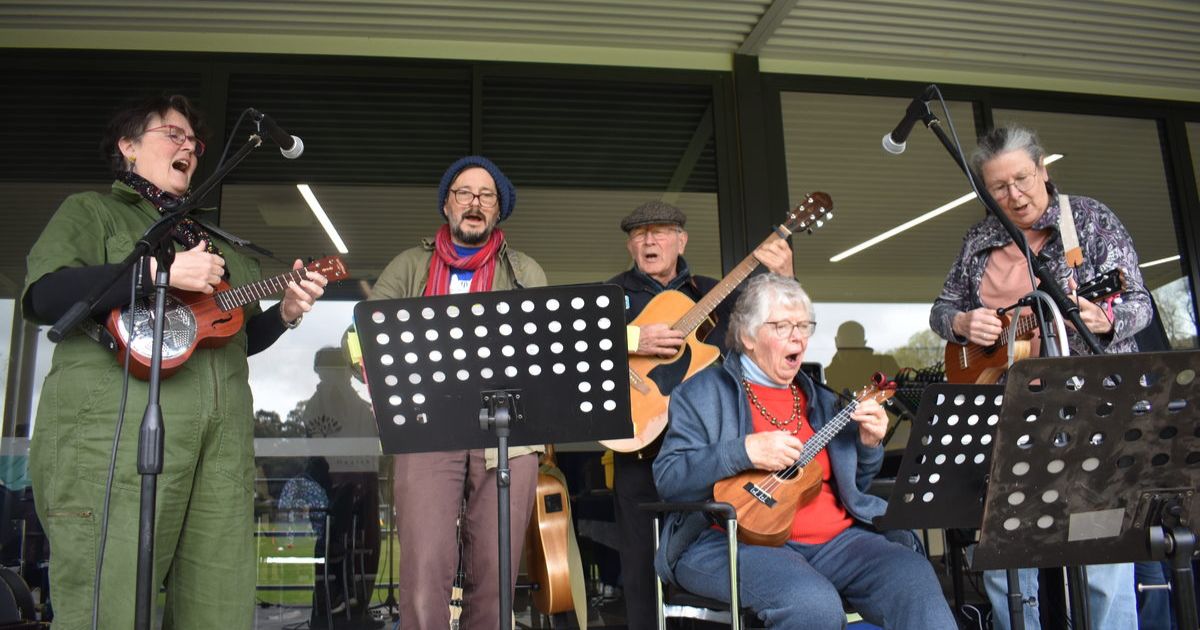Keeping the bang out of the mining boom
HEATHCOTE’S powder magazine now sits quietly in the Heathcote-Graytown National Park, but for a few years after its construction in 1864 it was an important part of mining activity in the district.
In the 1850s, tens of thousands of diggers rushed to the Victorian goldfields in the hope of striking it rich.
However many were unprepared for the sheer hard slog they now faced and they quickly sought out ways to make it easier.
Explosives were commonly used to help break up rock and hard clay soils, but they brought an additional set of risks.
The colonial government built a number of powder magazines to help mitigate the problems arising from poor storage, and Heathcote’s is considered to be a particularly good example.
It is a buttressed stone building with a brick vault interior and it was thought this design would help contain large explosions.
The Victorian Heritage Register notes that it is “a fine example of a rare building type.”
“Set in the picturesque surrounds of the McIvor Range Reserve, the building demonstrates particularly fine stone masonry and brick vaulting work and is an excellent example of a Public Works department designed powder magazine.”
It also states that powder magazines “played an important part in the development of deep alluvial and quartz mining activities in the goldfields of Victoria in the late 1850s and the 1860s.”
In 1864 gunpowder, also known as black powder, was the only readily available explosive.
It was a mixture of potassium nitrate, carbon and sulphur that was sometimes modified with a variety of chlorates, other nitrates and solid additives.
The basic formula had altered little since the ninth century, but it could certainly inflict serious damage.
In October 1864, an accident at the Redcastle Mine, north of Heathcote, killed one man and seriously injured another.
At the inquest it was found that the death was the result of “the explosion of a blast, caused by the use of an iron tamping rod before there was sufficient tamping in the hole to cover the powder.”
Presumably the iron rod had sparked and ignited the powder.
Two years later in August 1866, the McIvor Times published the Sandhurst Mining District General Bye-Law No 7, section II, General Clauses.
At the top of the list was a requirement to give a ten minute warning for any blast of explosive substances within 50 feet from the surface of the ground, to anyone within 100 yards of the blast site.
As the industrial revolution took hold in the first half of the nineteenth century, there was a demand for more effective explosives to speed up major engineering works such as tunnels.
Nitro-glycerine was discovered by Italian chemist Ascanio Sobrero in the 1840s, however its highly volatile and unpredictable nature frightened him and he initially withheld his findings.
Swedish chemist Alfred Nobel developed safer methods of handling nitro-glycerine in the 1860s and he invented dynamite in 1867, this was followed by gelignite in 1875.
In March 1869 the McIvor Times reported on “something new in blasting.”
“While it is analogous to nitro-glycerine,” it said, “in most respect, dynamite is far less dangerous.
“Indeed, it has been so tested that it appears to be the safest of all explosives.”
By October 1881 it was possible to buy dynamite from James Crowle’s Heathcote store.
Across the district it undoubtedly proved useful to farmers wanting to remove rocks and tree stumps easily.
It was also possible to store it on site so there was no longer any need to use a central facility; and while there were still some commercial goldmines in the district, the vast numbers of individual miners had long since departed.
As early as September 1868 a Heathcote Borough councillor described the powder magazine as “useless…because people cannot get at it with their powder” since there was no nearby bridge across the McIvor Creek.
The proclamation requiring the storage of explosives in the magazine was cancelled in 1873 and by 1882 it had been empty for many years.
On 26 November 1891, the McIvor Times reproduced a notice from the Victorian Government Gazette that stated “the temporary reservation, by order of the 16th November, 1863, of one acre of land in the municipal district of Heathcote, as a site for a Powder Magazine, is about to be revoked.”


















